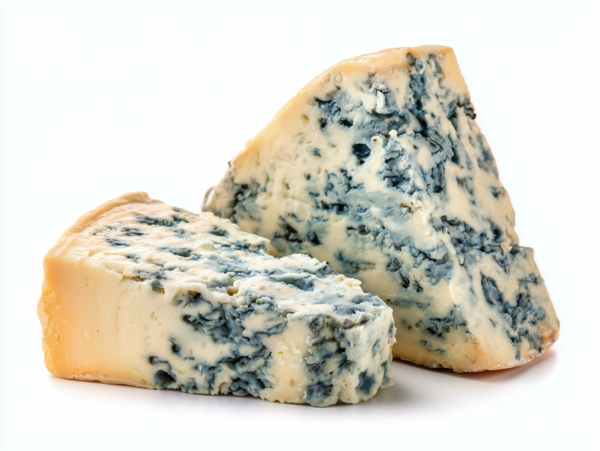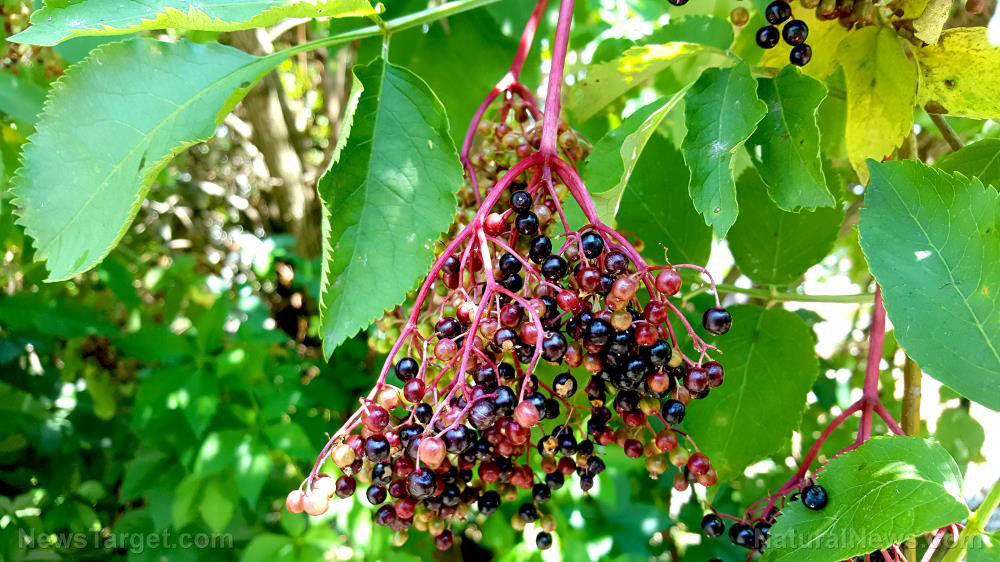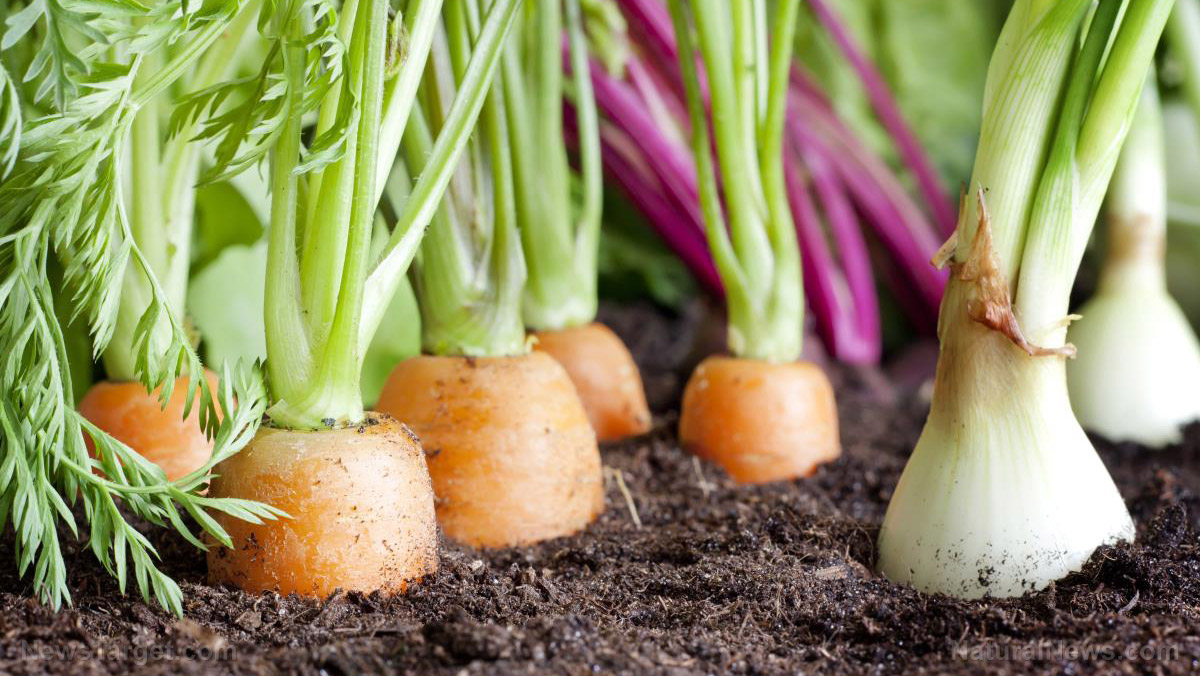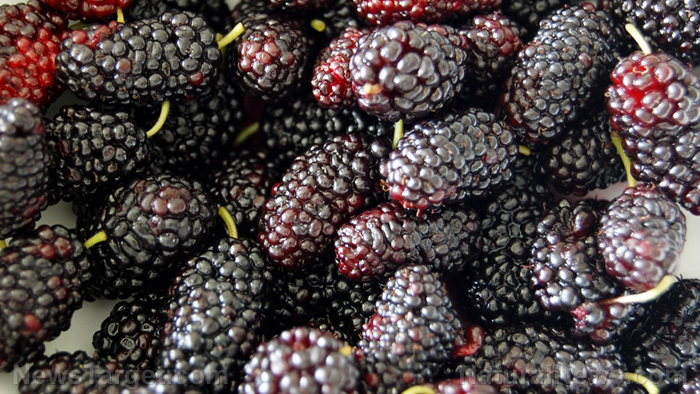Camu-camu: The vitamin C powerhouse from the Amazon rainforest
11/25/2025 / By Ava Grace
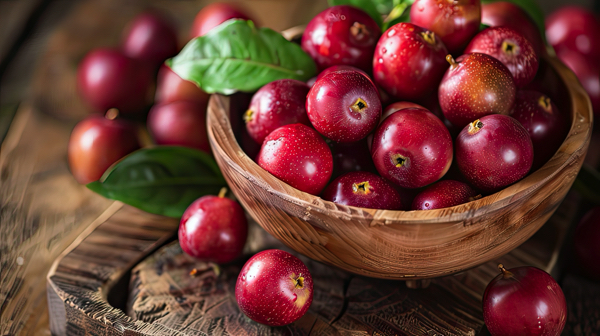
- Camu-camu, a small red-purple berry from the Amazon rainforest, is celebrated as a superfood due to its exceptionally high vitamin C content (up to 60 times that of an orange) and rich array of phytonutrients like anthocyanins, flavonoids and ellagic acid. These compounds support immune function, reduce inflammation and promote overall health.
- Indigenous communities in Peru and Brazil have used camu-camu for centuries as a food source and a natural remedy for ailments like infections and inflammation. The fruit gained global recognition in the mid-20th century for its nutritional benefits and is now a sought-after superfood worldwide.
- Camu-camu’s bioactive compounds help combat oxidative stress, reduce chronic inflammation, support cardiovascular health, protect against skin aging and alleviate mood disorders like anxiety and depression.
- Available primarily in powdered form, camu-camu can be added to smoothies, yogurt, oatmeal, baked goods and salad dressings. It is also available as a supplement for convenient consumption.
- Camu-camu is harvested during the Amazon’s rainy season, with local communities gathering along riverbanks to collect the berries. The labor-intensive process supports sustainable livelihoods and preserves the rainforest ecosystem.
Found along the riversides of the Amazon rainforest, camu-camu (Myrciaria dubia) is a small, unassuming fruit that offers impressive nutritional benefits. This vibrant red-purple berry, often compared to a cherry in appearance, has been revered for centuries by indigenous communities in Peru and Brazil. Today, camu-camu is considered a superfood and is celebrated for its extraordinary vitamin C content and wealth of phytonutrients that support optimal health and wellness.
A fruit with ancient roots
Camu-camu is known by several names, reflecting its cultural significance across the Amazon. In Brazil, it is called caçari or araçá-d’água, while in Peru, it is simply called camu-camu or camocamo. The camu-camu fruit is small, round and cherry-like, with a thin skin that changes from deep red to purple when ripe. Its flavor is tart and tangy, often described as a cross between a lemon and a berry. This unique taste makes camu-camu a versatile ingredient in sweet and savory dishes.
Camu-camu has been a staple in the diets of Amazonian tribes for generations, though its global recognition is relatively recent. The fruit grows on small, bushy trees that thrive in the flooded regions of the Amazon basin, particularly in Peru and Brazil. These trees, which reach heights of 3–5 meters, produce fruits that are harvested during the rainy season because the swelling of the rivers make camu-camu trees accessible by canoe. Historically, indigenous communities used camu-camu not only as food but also as a natural remedy for ailments ranging from infections to inflammation.
It wasn’t until the mid-20th century that camu-camu began to attract attention beyond the Amazon. Researchers and nutritionists discovered its remarkable vitamin C content—up to 60 times that of an orange—and its rich array of antioxidants. Camu-camu gained international acclaim as a superfood in the 1990s, with demand skyrocketing in health-conscious markets worldwide.
Nutritional and health benefits
Camu camu’s superfood status is well-deserved, thanks to its high concentration of phytonutrients. These bioactive compounds include:
- Vitamin C: A potent antioxidant that supports immune function, skin health and collagen production
- Anthocyanins: Pigments that give camu-camu its vibrant color and provide anti-inflammatory and anti-aging benefits
- Flavonoids: Compounds that protect cells from oxidative damage and support cardiovascular health
- Ellagic Acid: Known for its anticancer properties and ability to neutralize free radicals
- Potassium: Essential nutrient for heart health and muscle function
These nutrients work synergistically to combat oxidative stress, reduce inflammation and support overall health. Studies suggest that camu-camu may help prevent or alleviate conditions such as:
- Chronic inflammation: Camu-camu’s anti-inflammatory properties can help manage inflammatory conditions like arthritis.
- Weak immunity: The high vitamin C content of camu-camu can boost immune defenses.
- Cardiovascular disease: The flavonoids and potassium in camu-camu can support heart health.
- Skin aging: The antioxidants in camu-camu protect against UV damage and promote collagen synthesis.
- Mood disorders: Emerging research suggests camu-camu can support brain health and reduce symptoms of anxiety and depression.
Culinary uses of camu-camu
Camu-camu is widely available in powdered form, making it easy to incorporate into a healthy daily routine. Here are some popular ways to use this superfood in the kitchen:
- Smoothies and juices: Blend camu-camu powder with fruits like bananas, berries and mangoes for a nutritious drink.
- Yogurt and oatmeal: Sprinkle camu-camu powder over breakfast bowls for a tangy, vitamin-rich morning meal.
- Baking: Add camu-camu powder to muffins, energy bars or pancakes for a healthful twist.
- Salad dressings: Mix camu-camu powder into vinaigrettes for a zesty flavor.
- Supplements: Camu-camu capsules are available for those seeking a convenient option.
Recipe ideas
For health-conscious individuals eager to experiment with camu-camu, here are some creative recipe ideas:
- Amazon sunrise smoothie: Blend camu-camu powder together with pineapple, coconut water and ginger.
- Camu-camu energy bites: Combine oats, almond butter, honey and camu-camu powder for a quick snack.
- Citrus camu-camu salad dressing: Whisk camu-camu powder with olive oil, lemon juice and a touch of honey.
- Berry camu-camu chia pudding: Mix chia seeds, almond milk, camu-camu powder and fresh berries for a nutritious dessert.
- Camu-camu lemonade: A refreshing drink made with camu-camu powder, lemon juice and agave syrup.
Camu-camu is more than just a superfood; it is a testament to the wisdom of indigenous cultures and the bounty of the Amazon rainforest. Its remarkable nutritional profile and versatility make camu-camu a valuable addition to any diet. Whether you’re looking to boost your immune system, reduce inflammation or simply enjoy a tangy, tropical treat, camu-camu is the perfect healthy choice.
This story is not medical advice and is not intended to treat or cure any disease. Always consult with a qualified naturopathic physician for personalized advice about your specific health situation or concern.
For more fascinating insights into superfoods and their natural wonders, visit NaturalNews.com. It’s a treasure trove of articles that will deepen your understanding of the healing power of food.
If you’re into cutting-edge technology with a health twist, try BrightU.ai. Created by Mike Adams, the Health Ranger, this AI model is a free download that you can run on your own device. It’s all about sharing knowledge freely and bypassing the filters of censorship.
And if you’re looking for a place to openly discuss everything from nutrition to natural remedies without any holds barred, visit Brighteon.com. Don’t forget to check out these free speech social media platforms, Brighteon.IO and Brighteon.social, where the conversation is always lively and uncensored.
Watch this video to learn more about camu-camu’s amazing health benefits.
This video is from the Groovy Bee channel on Brighteon.com.
Sources include:
Submit a correction >>
Tagged Under:
#nutrition, antioxidants, Camu camu, food cures, food is medicine, food science, fruits, functional food, grocery cures, health science, ingredients, natural health, nutrients, organics, phytonutrients, vitamin C
This article may contain statements that reflect the opinion of the author












